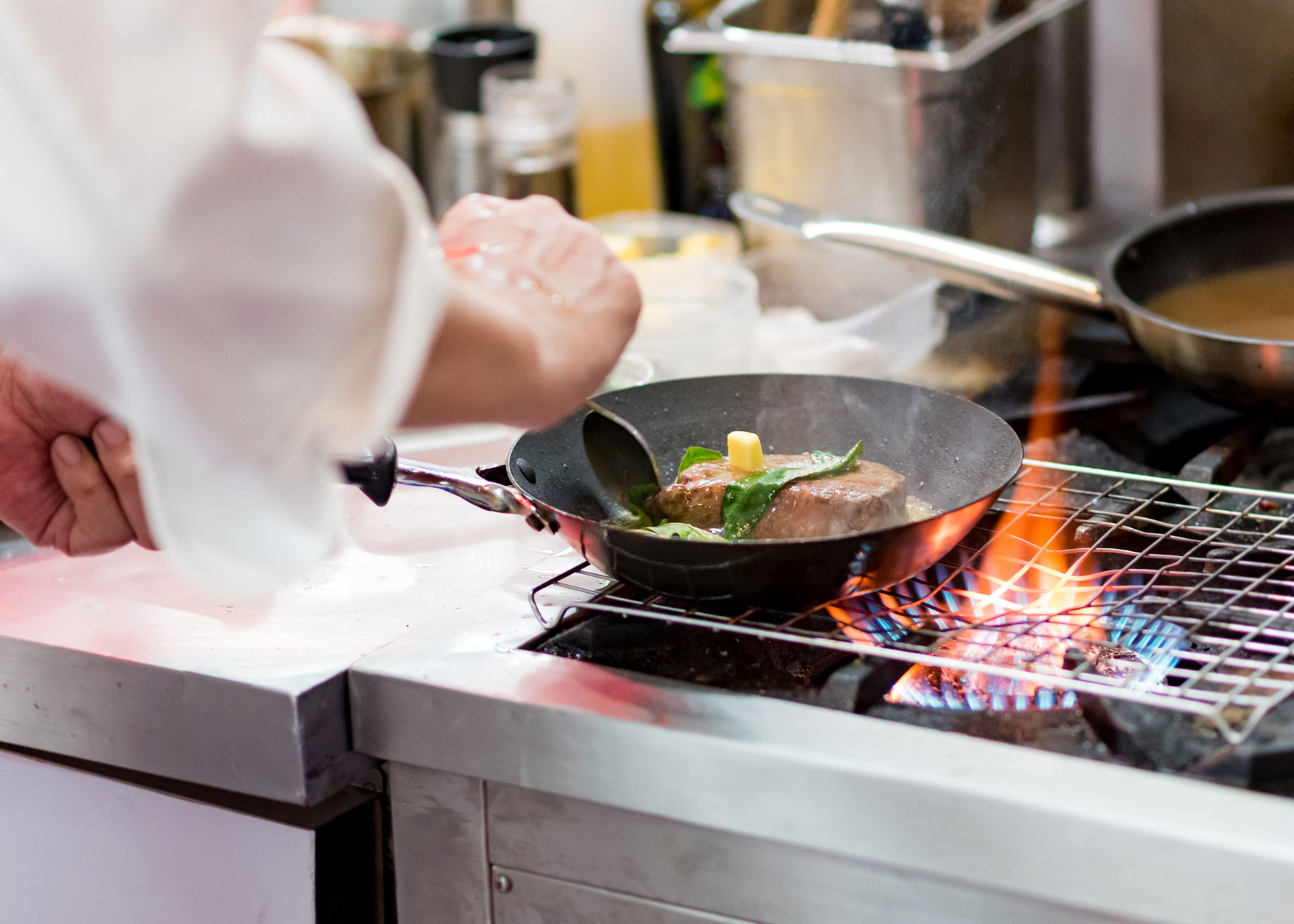This website uses cookies so that we can provide you with the best user experience possible. Cookie information is stored in your browser and performs functions such as recognising you when you return to our website and helping our team to understand which sections of the website you find most interesting and useful.

Cooking Food
Cooking Food
Why is food cooked? How is heat transferred?
Food may be contaminated with harmful microbes that can cause disease. The high temperatures involved in cooking brings about chemical changes in food and kills these microbes. Cooking also makes food easier to digest and improves the food’s appearance, texture and flavour.
These are a few examples of ways to cook food, and notice that all of these methods involve heating the food to a high temperature:
- Baking
- Boiling
- Steaming
- Grilling
- Frying
During cooking, heat is transferred from the source of heat to the food through conduction (e.g. grilling steak on a grilling pan sitting on a stove), convection (e.g. running cold water over frozen food to speed up thawing process) and/or radiation (roasting marshmallow over fire).
Check out the resources below to learn more why food is cooked and how heat is transferred (conduction, convection and radiation).
More Information:
OCR Food preparation and cooking
BNF Food processing
AQA video: Sauce making and methods of heat transfer
AQA video script: Sauce making and methods of heat transfer
BNF presentation: Heat exchange
Meat and Education.com: teachers’ notes: How does it cook
